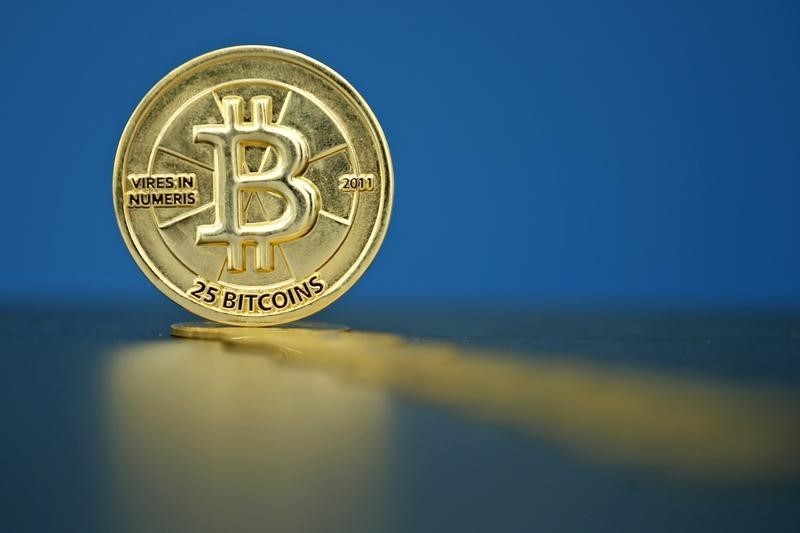By Martha Reyes, Head of Research at digital asset prime brokerage and exchange, BEQUANT.
Last week, the crypto markets fell around 16% overnight as Bitcoin (CRYPTO: BTC) dipped below $26k, levels last seen in 2020. The Terra stablecoin (UST) lost its peg and its sister token, Luna saw 99% of its value evaporate in four days, leaving influencers and retail participants, as well as institutions in the red. The failure of the popular but controversial algorithmic stablecoin, which attracted liquidity by promising subsidized and unsustainable 19-20% yields on the Anchor protocol, was largely to blame.
| How did the UST/LUNA mechanism work? To maintain the $1 peg to the USD, 1 Luna = 1 Terra. To mint UST, a user had to burn an equal amount of LUNA. This worked well when demand for UST was rising due to the juicy yields generated by depositing UST on Anchor. Most UST outstanding was deposited on Anchor. |
The drama began over the weekend of the 7/8th of May, as Terraform Labs’ UST began to depeg on concerns traders were withdrawing and redeeming UST in large quantities. Despite having $3bn in BTC reserves to defend the peg, this was a small amount in comparison to the over $18bn in UST supply once everyone rushed for the exit. When times were good, as UST price rose, it incentivized traders to burn Luna to mint and increase the supply of UST and lower its price, while Luna climbed in value. Conversely, to exit the UST position, a user could redeem UST for Luna, but UST was not backed by any outside collateral, as is the case with USDC or USDT, so there had to be demand for Luna for it to work. The founders had hoped to get to a point where they created enough use cases on the blockchain for Luna that the mechanism would be self-sustaining but they weren’t there yet as the main purpose was generating yield.
The death spiral commenced. The more UST fell, the more LUNA had to be minted, creating hyperinflation in the sister token and causing it to collapse. Activity on the Terra blockchain was suspended twice as the token value was so low as to pose a security risk. Almost exactly a month after hitting a record $119, Luna traded at near zero with UST at around $0.20. Both UST and LUNA had been top ten coins within the ecosystem and over $40 bn dollars were wiped out.
This was a major contributing factor to crypto crash with coins like Bitcoin losing 20% as participants speculated the Luna Foundation would dump its BTC reserve to defend the peg. Tether, which has a centralized reserve-backed stablecoin model, dropped to 97 cents, losing its parity with the U.S. dollar as concerns resurfaced around the quality of its reserves. On Coinbase (NASDAQ:COIN), it fell as low as 96 cents.
Once crypto markets stabilized, the wreckage could be examined but the post-mortem will continue for years to come. Around $300bn was wiped off the total market value in less than a week, no doubt triggered by the volatility and risk-off environment we are seeing in traditional markets.
Markets across the board have been in meltdown for weeks, with investments in the likes of Peloton (NASDAQ:PTON), Robinhood (NASDAQ:HOOD) and Coinbase falling 91%, 89% and 77% respectively from their peaks. The Nasdaq Composite fell to its lowest level since November 2020, falling by more than 3%.
It is very likely that volatility will continue as the Fed maintains its tightening policy. Officials have communicated that they are more concerned with inflation than growth and the markets will have to bear the pain. When volatility is this high, assets tend to have high correlations, and digital ones are no exception, with those that are deemed highly speculative most likely to fail.
The meltdown of the crypto markets represented two key opportunities though. The first is the opportunity for institutions to start building positions in the digital assets space once it is cleared of the froth resulting from unprecedented monetary and fiscal expansion. The second is the chance for regulators to take stablecoins seriously.
For traditional institutions, falling prices will represent an opportunity to dip their toes at a more attractive level if they missed the previous cycles. The market also demonstrated its volatility, something traders may be particularly interested in. While we can't call the bottom and correlations among asset classes remain elevated, Bitcoin has survived corrections of 70-80% in the past.
The uncertainty around stablecoins is a concern and could lead to another flush out but we may finally get the much needed regulatory framework that could entice more institutions in. Regulators tend to be reactive, so this may be the catalyst for greater stablecoin regulation. As an example, HM Treasury in the UK has publicly stated it will continue to push forward with plans to regulate stablecoins and the US government has also issued a report on stablecoins, however, they will need to update their findings to include algorithmic models.
The events that unfolded in May are a reminder that crypto remains an evolving area, with high risks, that was a beneficiary of what some call the “liquidity lottery”, but also a breeding ground for innovation that should result in a more robust ecosystem.
© 2022 Benzinga.com. Benzinga does not provide investment advice. All rights reserved.
